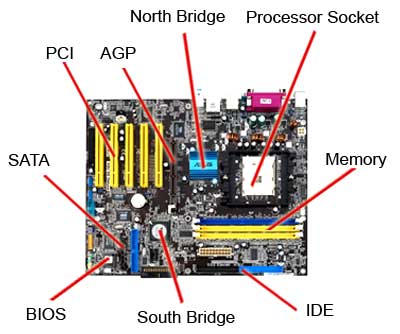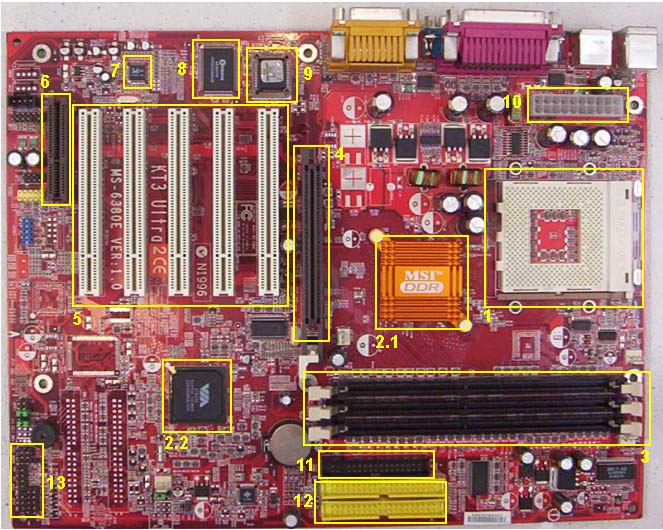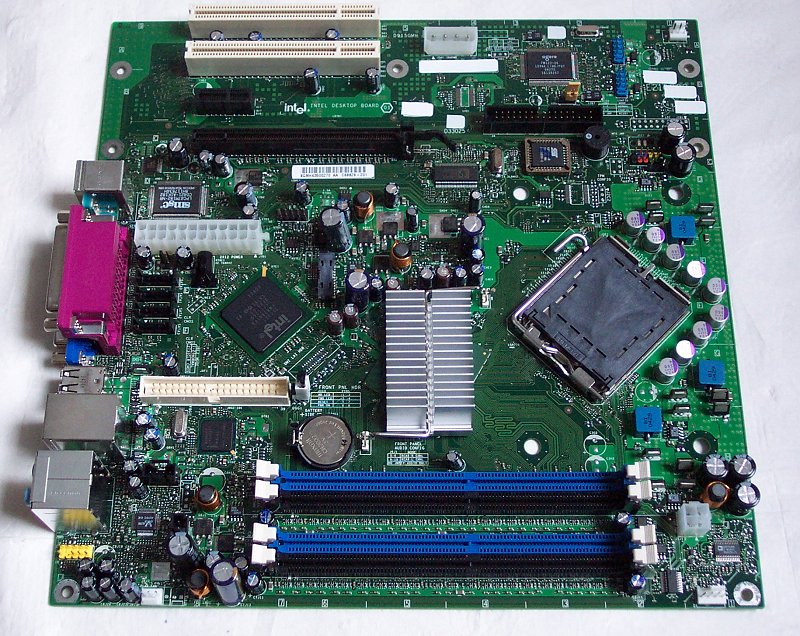Difference Between ATX and BTX Power Supply

Motherboards are one of the most critical parts that are present in a computer system. The name itself explains the importance of the component. There are many makes and models that are available in the market.
Previously, the IBM made AT or the Advanced Technology motherboards were used. Then the technology with the name of ATX (Advanced Technology Extended) motherboards came which further improved how the motherboards work. A number of improvements were made in the ATX motherboards.
The market also saw the arrival of the BTX (Balanced Technology Extended) motherboards in the mid 2000’s. These motherboards have so far not been able to break in the market the same way as the ATX boards but have found some success.
Most of the features of these two motherboards are similar but there is a difference when it comes to the consumption of power. The BTX motherboards are better at controlling heat related issues when compared to the ATX, the main reason why Intel introduced them in the first place.
The BTX motherboards are compatible with machines that already have ATX motherboards. Despite this factor, the motherboards could not attain the same success as the older, previous ATX design.
Instructions
-
1
ATX Power Supply
The more recent models of the ATX are more power efficient than their previous models. ATX 12V design has substantially improved the power efficiency which was previously missing. The power supply is up to seventy percent efficient in the ATX 12V. The current power supply cable used in the ATX motherboards is a 20 + 4 pin combination.
It is the industry standard that is being followed by just about everyone and has been working well for almost two decades now.
- Image Courtesy: commons.wikimedia.org
-
2
BTX Power Supply
The BTX motherboards are designed in a manner to take less space in comparison with other motherboards. They also have better heating control systems in place which allows for better performance and less energy loss to make the motherboard more power efficient.
The idea was introduced by Intel and was first manufactured by Gateway, Inc and then Dell and MPC. Some of the elements are followed by the Apple’s Mac Pro as well.
It incorporates a 20 + 4 pin power input.
- Image Courtesy: hexus.net







